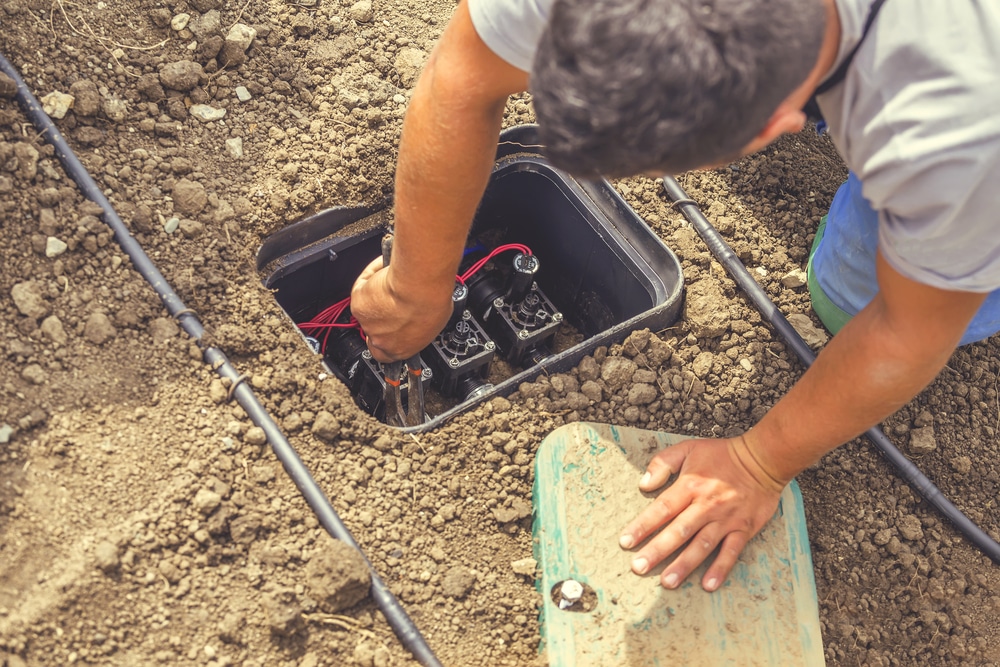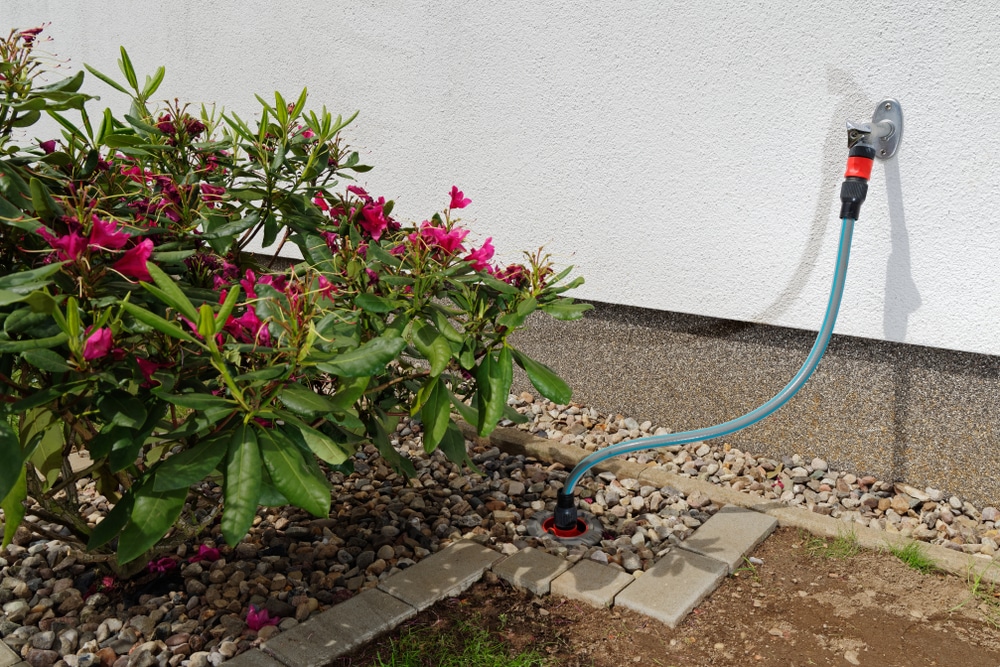Nothing is more frustrating than trying to figure out why your irrigation valve box is full of water. There are a number of reasons why this could be happening, but luckily, there are also solutions for each problem.
Keep reading to find out what might be causing the issue and how to fix it.
A list of reasons why the box is full of water

So, you’ve been out to your irrigation valve box and found that it’s full of water. But why is this happening? There are a few potential reasons:
1. A broken pipe
If you have a broken pipe, water will obviously be able to enter the valve box and fill it up. This is usually caused by something hitting or rubbing against the pipe, which can cause a small crack or hole.
You’ll have to repair the pipe as soon as possible to prevent any further damage or water loss.
2. A clogged french drain pipe
For the irrigation systems that use a french drain pipe, a clog can cause water to back up and fill the valve box. This is usually caused by dirt, debris, or even tree roots that have made their way into the pipe.
You’ll need to clear the clog and make sure that everything is flowing freely again.
3. Having an anti-siphon valve below the level of sprinklers
Anti-siphon valve systems are designed to prevent water from being siphoned back into your drinking water supply. However, if this valve is below the level of your sprinklers, then water can flow back down and fill up the valve box.
To avoid this, you want to inspect your system and ascertain that the valve system is indeed above the level of the sprinklers or drippers.
To fix this, you simply have to raise the anti-siphon valve to be above the level of your sprinklers or drippers.
4. Faulty sprinkler valve inlet connection
The inlet pipe usually connects to the inlet of the sprinkler valve and is responsible for bringing water to the valve. If this connection is loose, water will leak out at the junction and fill up the valve box.
If this happens, you may also spot puddles of water around the sprinkler heads that are connected to the faulty valve. That’s because the faulty connection can cause a fall in water pressure. With insufficient water pressure to keep the sprinkler valve closed, there will be some water going through the valve and out the sprinkler heads.
You’ll need to check the inlet connection and make sure that it’s secure. Tighten up any loose screws or bolts to make sure that the connection is watertight.
5. Rainwater trapped due to poorly draining soil
If the soil around your valve box doesn’t drain well, then rainwater can accumulate and eventually seep into the box. This is more common in areas with high rainfall or if the box is located in a low-lying area.
Soils such as clay that have poor drainage properties will hold the water on the surface for a longer time before it can seep down. As such, you’re likely to have rainwater standing in your valve box longer than usual after a downpour.
The solution to this problem is to improve the drainage around the valve box. You can do this by adding some organic matter such as compost or peat moss to the soil. This will help to break up the clay and improve the drainage.
Alternatively, you can also install a french drain system around the valve box to help with the drainage.
6. Excess water due to overwatering
Though less common, overwatering your lawn or garden more than necessary means that the excess water will eventually find its way into the valve box. This is because the soil can only absorb a certain amount of water at a time. Once it reaches saturation point, the excess water will start to run off.
If you’re overwatering, you’ll also notice that the grass is starting to turn yellow or brown. This is because the roots are not getting enough oxygen and are starting to suffocate. Overwatering can also lead to fungal growth and disease in your plants.
To fix this problem, you need to water your lawn or garden less frequently. Let the soil dry out a bit in between watering so that the roots can get the oxygen they need.
You can also check your sprinkler system to make sure that it’s not set to water more often than necessary.
To wrap things up,
There are quite a number of reasons why your valve box might be full of water. You may have to use the elimination method to figure out the cause. Once you know what’s causing the problem, it’ll be easier to take the necessary steps to fix it.
In some cases, you might have to call in a professional to help you with the repair. But in most cases, you should be able to fix the problem yourself with just a few simple tools and materials.
